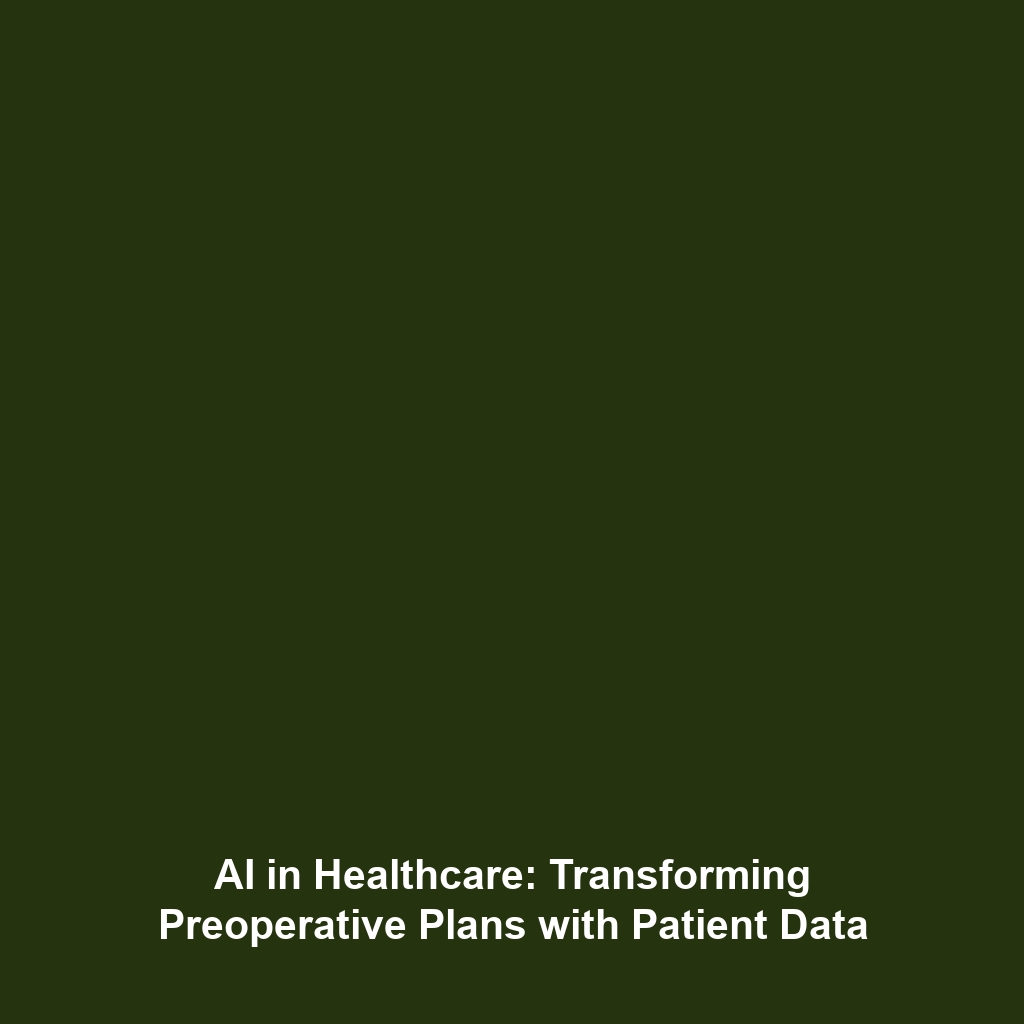Positron Emission Tomography (PET) in Biomechanics
Introduction
Positron Emission Tomography (PET) is a revolutionary imaging technique that plays a crucial role in the field of biomechanics. This advanced imaging modality provides significant insights into dynamic biological processes, allowing researchers and clinicians to understand metabolic activity in tissues accurately. The integration of PET in biomechanics enhances our comprehension of human movement, tissue engineering, and rehabilitation, ultimately leading to improved patient care and treatment strategies. Understanding how Positron Emission Tomography intersects with biomechanics is essential in harnessing this technology for medical and scientific advancement.
Key Concepts
What is PET?
Positron Emission Tomography (PET) is a non-invasive imaging technique that uses radioactive tracers to visualize metabolic processes in the body. The main principle involves the emission of positrons from the decaying isotopes, which collide with electrons, resulting in gamma rays that are detected by the PET scanner.
Significance in Biomechanics
Within the realm of biomechanics, PET is instrumental in assessing various physiological functions such as:
- Muscle metabolism during physical activities.
- Understanding perfusion and metabolic disorders in tissues.
- Evaluating the effects of interventions in rehabilitation and sports medicine.
Applications and Real-World Uses
The applications of Positron Emission Tomography (PET) in biomechanics are diverse and impactful. Here are some key examples:
- How PET is used in biomechanics: Researchers utilize PET to monitor changes in muscle metabolism in response to exercise, contributing to tailored rehabilitation programs.
- Applications of PET in biomechanics: PET is used to analyze the effects of pharmacological treatments on muscle and joint function in conditions such as arthritis.
- During preoperative assessments, PET can aid in determining the viability of tissues in patients undergoing orthopedic surgeries.
Current Challenges
Despite its numerous advantages, Positron Emission Tomography (PET) faces several challenges in the scope of biomechanics:
- Challenges of PET: The high cost and limited availability of PET technology can restrict its use in clinical settings.
- Issues in biomechanics: Image resolution and the need for advanced analytical techniques can complicate the interpretation of PET data.
- Radiation exposure from the tracers poses safety concerns, particularly for frequent imaging in longitudinal studies.
Future Research and Innovations
Ongoing research in Positron Emission Tomography (PET) aims to enhance its applications in biomechanics through various innovations. Key areas of focus include:
- Development of next-gen imaging agents that offer higher sensitivity and specificity.
- Integration of PET with other imaging modalities like MRI and CT to provide comprehensive analyses of biomechanical systems.
- Innovative software solutions for improved data processing and interpretation, paving the way for real-time biomechanical assessments.
Conclusion
In conclusion, Positron Emission Tomography (PET) stands out as a pivotal technology enhancing our understanding of biomechanics. Its applications in muscle metabolism analysis, preoperative assessments, and rehabilitation strategies indicate its profound impact on health care. As research and innovations continue to unfold, the future of PET in biomechanics looks promising. For further exploration of related topics, consider reading about advanced imaging techniques in biomechanics and current trends in rehabilitation technology.

